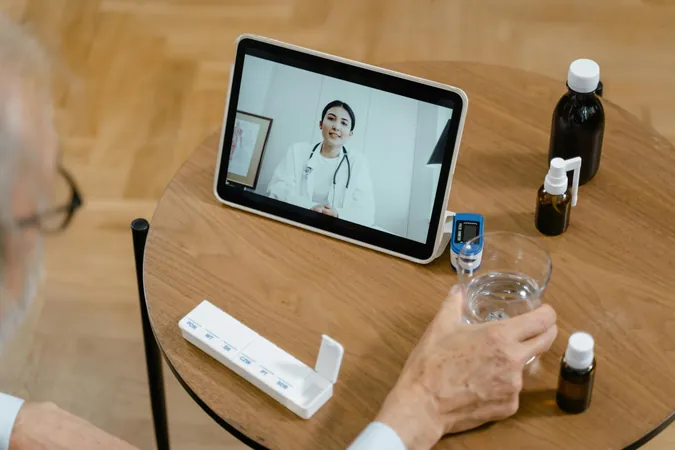
Is Virtual Care in Canada Failing Rural Patients? Shocking Study Reveals the Truth!
2025-09-22
Author: Benjamin
A groundbreaking study published in the Canadian Medical Association Journal reveals a startling truth: despite the expansion of virtual care during the COVID-19 pandemic, access to specialist physicians has not significantly improved for rural Canadians. Dr. Natasha Saunders, a pediatrician at The Hospital for Sick Children in Toronto, and her team conducted in-depth research to uncover the reality behind virtual care in Ontario.
About 18% of Canada's population resides in rural areas, yet a mere 2.2% of specialists are available there. Many believed that virtual care could bridge this gap, providing essential services to those living far from urban centers. However, the findings indicate that the implementation of virtual care, along with new billing models, has not substantially boosted the reach of specialists to distant patients.
The Research Breakdown: What They Discovered
To examine the effectiveness of virtual care, researchers analyzed the driving distances and times between more than 11,000 specialists and over 5.3 million patients before and after the introduction of virtual services. The study spanned two periods: pre-virtual care (from January to November 2019) and a virtual care period (from January to November 2022). Surprisingly, the researchers found little to no change in patient-specialist distance for most specialties, with the exception of psychiatry, which saw some improvements.
Barriers Still Stand Tall: What Needs to Change?
The authors emphasized that in order for virtual care to make a real impact, other barriers need to be addressed. One key issue is that healthcare providers tend to refer patients to specialists within their own networks, potentially overlooking specialists who are farther away. This means rural patients may not receive the best care available simply due to provider familiarity.
To tackle this challenge, the authors suggest the implementation of centralized referral systems that would connect patients with the appropriate specialists, regardless of distance. They also recommend considering patient preferences for virtual visits, especially for those with certain health conditions or logistical constraints.









 Brasil (PT)
Brasil (PT)
 Canada (EN)
Canada (EN)
 Chile (ES)
Chile (ES)
 Česko (CS)
Česko (CS)
 대한민국 (KO)
대한민국 (KO)
 España (ES)
España (ES)
 France (FR)
France (FR)
 Hong Kong (EN)
Hong Kong (EN)
 Italia (IT)
Italia (IT)
 日本 (JA)
日本 (JA)
 Magyarország (HU)
Magyarország (HU)
 Norge (NO)
Norge (NO)
 Polska (PL)
Polska (PL)
 Schweiz (DE)
Schweiz (DE)
 Singapore (EN)
Singapore (EN)
 Sverige (SV)
Sverige (SV)
 Suomi (FI)
Suomi (FI)
 Türkiye (TR)
Türkiye (TR)
 الإمارات العربية المتحدة (AR)
الإمارات العربية المتحدة (AR)